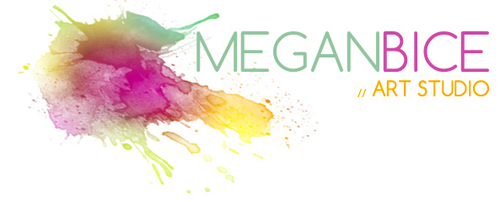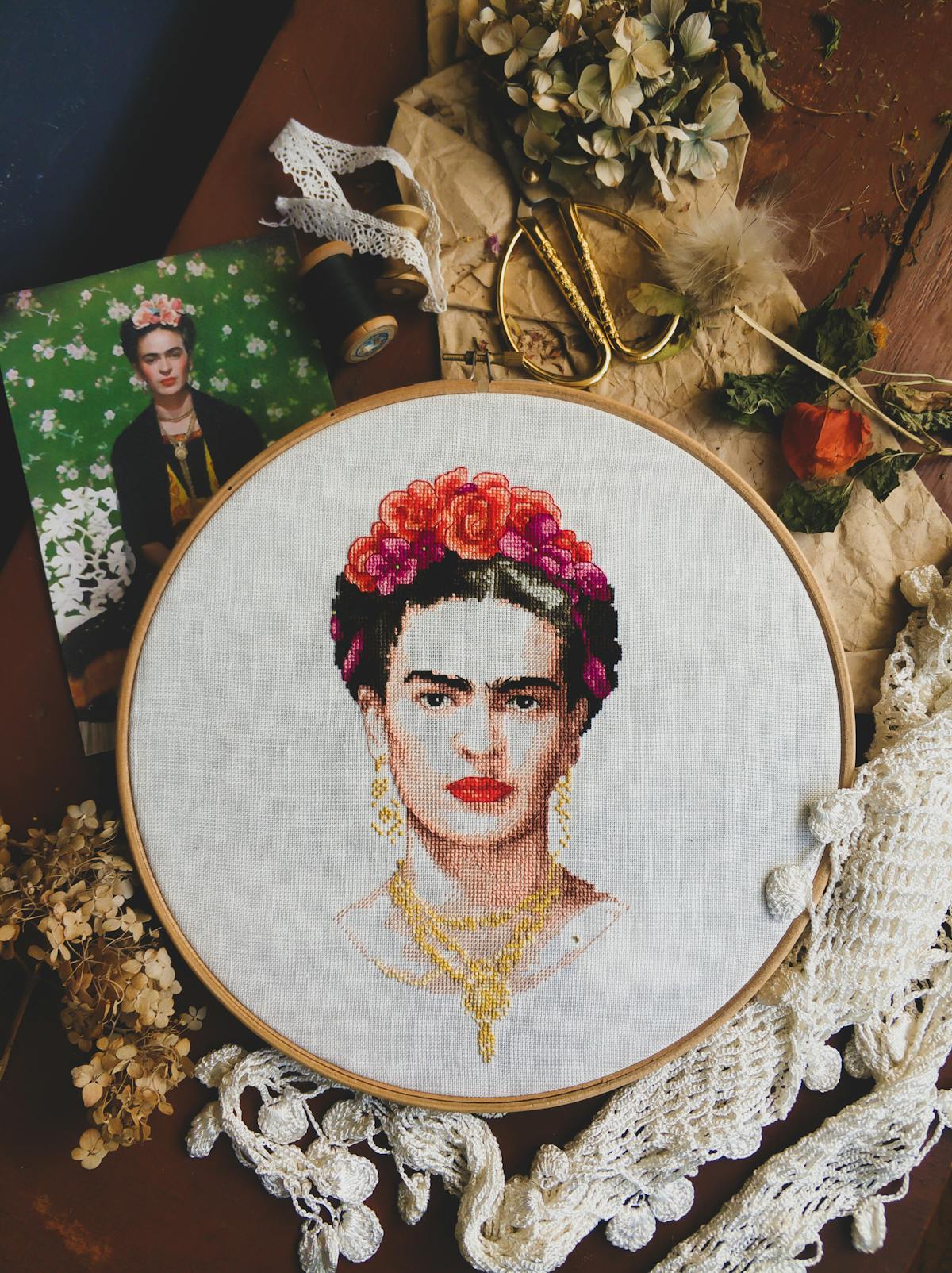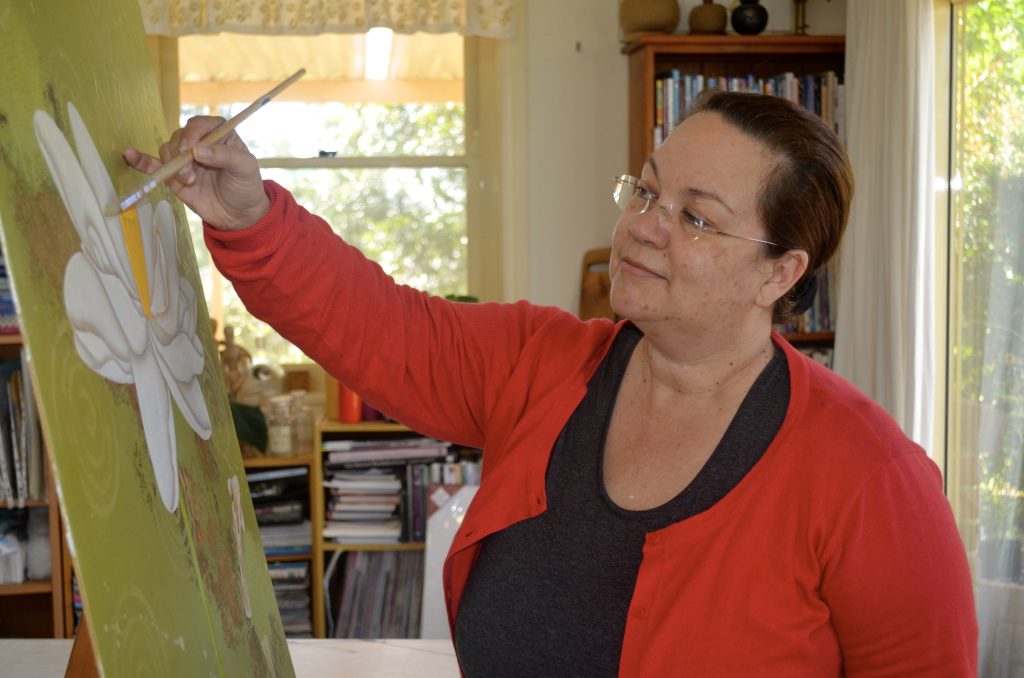Frida Kahlo, a Mexican artist known for her vibrant and emotive paintings, has become an icon of strength and resilience. Her life was marked by physical and emotional pain, but she transformed her suffering into art that continues to captivate audiences worldwide.
Early Life and Accident
Born on July 6, 1907, in Coyoacán, Mexico City, Magdalena Carmen Frida Kahlo y Calderón was the third of four daughters to Guillermo and Matilde Kahlo. Her father, a photographer of Hungarian-Jewish descent, encouraged her artistic pursuits from an early age. However, her life took a dramatic turn at 18 when she was involved in a devastating bus accident, which left her with multiple injuries, including a broken spine, pelvis, and leg, as well as a damaged fallopian tube and uterus.
Artistic Beginnings
During her lengthy recovery, Kahlo began painting as a way to occupy herself and express her emotions. Her early works were largely self-portraits, which would become a hallmark of her oeuvre. These paintings not only showcased her artistic talent but also allowed her to process her experiences and emotions.
Marriage to Diego Rivera
In 1929, Kahlo married the famous Mexican muralist Diego Rivera, who was 20 years her senior. Their tumultuous relationship was marked by infidelities, divorces, and remarriages, but also fuelled her artistic growth. Rivera encouraged her to explore her Mexican heritage and incorporate folk art elements into her work.
Artistic Style and Themes
Kahlo’s artistic style blended realism, symbolism, and surrealism. Her paintings often featured vibrant colours, intricate details, and a mix of Mexican folk art and European influences. Her works frequently incorporated self-portraits, still life’s, and depictions of Mexican culture and history.
Physical and Emotional Suffering
Kahlo’s physical suffering was a recurring theme in her art. She underwent numerous surgeries, including the amputation of her right leg, and experienced chronic pain, which she often depicted in her paintings. Additionally, her emotional suffering, including her struggles with infertility and her tumultuous relationship with Rivera, was also a common theme.
Feminism and Identity
Kahlo’s art and life have become symbols of feminist strength and resilience. Her unapologetic depiction of the female experience, including themes of childbirth, miscarriage, and menopause, challenged traditional gender roles and societal expectations. Her exploration of Mexican identity and culture also helped to promote a sense of national pride and self-awareness.
Influence and Legacy
Kahlo’s influence extends far beyond her art. She has inspired generations of artists, feminists, and individuals around the world. Her legacy continues to grow, with her art and life serving as a testament to the transformative power of creativity and determination.
Later Life and Death
Kahlo’s health continued to decline throughout her life, and she underwent numerous surgeries and hospitalisations. She died on July 13, 1954, at the age of 47, due to complications from a pulmonary embolism.
Posthumous Recognition
Kahlo’s art and legacy experienced a resurgence in popularity in the 1970s and 1980s, with her becoming a feminist icon and a symbol of Mexican culture. Her art has been exhibited globally, and she has become one of the most recognisable and beloved artists of the 20th century.
Conclusion
Frida Kahlo’s life was marked by physical and emotional pain, but she transformed her suffering into art that continues to inspire and captivate audiences worldwide. Her legacy extends far beyond her art, symbolising strength, resilience, and creativity. As an artist, feminist, and cultural icon, Frida Kahlo’s impact will continue to be felt for generations to come.
Additional Works and Exhibitions
Some of Kahlo’s notable works include:
- The Broken Column (1944)
- The Two Fridas (1939)
- Self-Portrait with Thorn Necklace and Hummingbird (1940)
- The Wounded Table (1940)
Kahlo’s art has been exhibited globally, including at the:
- Museo Dolores Olmedo (Mexico City)
- Museum of Modern Art (New York)
- Tate Modern (London)
- National Gallery of Art (Washington, D.C.)
Bibliography
- Frida Kahlo: An Autobiography (1995)
- The Diary of Frida Kahlo (1995)
- Frida Kahlo: A Biography by Hayden Herrera (1983)
Frida Kahlo’s Artistic Influences
Kahlo’s art was influenced by various styles and movements, including:
- Mexican Folk Art: Kahlo was deeply rooted in Mexican culture and often incorporated folk art elements into her work.
- Surrealism: Kahlo’s use of vibrant colours and dream-like imagery was influenced by the surrealist movement.
- Realism: Kahlo’s attention to detail and realistic depictions of her own experiences were influenced by realist artists.
- Symbolism: Kahlo often used symbols and metaphors in her art to convey complex emotions and ideas.
Frida Kahlo’s Political Activism
Kahlo was an active member of the Mexican Communist Party and supported various political causes, including:
- Mexican Revolution: Kahlo was a supporter of the Mexican Revolution and its ideals of social justice and equality.
- Feminism: Kahlo’s art and life were deeply rooted in feminist principles, challenging traditional gender roles and societal expectations.
- Anti-Imperialism: Kahlo was a vocal critic of imperialism and supported anti-imperialist movements in Mexico and around the world.
Frida Kahlo’s Personal Life
Kahlo’s personal life was marked by:
- Tumultuous Relationship with Diego Rivera: Kahlo’s relationship with Rivera was marked by infidelities, divorces, and remarriages.
- Health Issues: Kahlo suffered from chronic pain and health issues throughout her life, including multiple surgeries and hospitalisations.
- Infertility: Kahlo’s struggles with infertility and miscarriage were a recurring theme in her art and life.
Frida Kahlo’s Cultural Impact
Kahlo’s impact on popular culture is immense, with her image and art being used in:
- Fashion: Kahlo’s distinctive style and fashion sense have influenced designers and artists around the world.
- Music: Kahlo has been the subject of numerous songs and albums, including works by artists such as Madonna and Frida-inspired music genres like “Frida Wave”.
- Film: Kahlo’s life has been the subject of numerous films, including the award-winning biopic “Frida” (2002) starring Salma Hayek.
Conclusion
Frida Kahlo’s life and art continue to captivate audiences worldwide, inspiring generations of artists, feminists, and individuals. Her legacy extends far beyond her art, symbolising strength, resilience, and creativity. As an artist, feminist, and cultural icon, Frida Kahlo’s impact will continue to be felt for generations to come.
Frida Kahlo’s Artistic Techniques
Kahlo’s artistic techniques were characterised by:
- Vibrant Colours: Kahlo’s use of vibrant colours added emotional depth and intensity to her paintings.
- Symbolism: Kahlo often used symbols and metaphors to convey complex emotions and ideas.
- Self-Portraits: Kahlo’s self-portraits were a hallmark of her oeuvre, allowing her to explore her own identity and experiences.
- Mixed Media: Kahlo often incorporated mixed media elements, such as fabric, paper, and found objects, into her paintings.
Frida Kahlo’s Famous Works
Some of Kahlo’s most famous works include:
- “The Two Fridas” (1939): A portrait of two versions of herself, symbolising her mixed heritage and identity.
- “Self-Portrait with Thorn Necklace and Hummingbird” (1940): A portrait of herself wearing a thorn necklace and holding a hummingbird, symbolising her physical and emotional pain.
- “The Broken Column” (1944): A portrait of herself with a broken column instead of a spine, symbolising her physical suffering.
- “The Wounded Table” (1940): A still life of a table with a gaping wound, symbolising her emotional pain and suffering.
Frida Kahlo’s Legacy
Kahlo’s legacy extends far beyond her art, inspiring:
- Feminist Movement: Kahlo’s art and life have become symbols of feminist strength and resilience.
- Latin American Culture: Kahlo’s art has helped to promote a sense of national pride and self-awareness in Mexico and Latin America.
- Artistic Innovation: Kahlo’s innovative use of mixed media and symbolism has inspired generations of artists.
- Cultural Icon: Kahlo’s image and art have become a cultural phenomenon, inspiring countless books, films, and exhibitions.
Frida Kahlo’s Quotes
Some of Kahlo’s most famous quotes include:
- “Feet, what do I need you for when I have wings to fly?”
- “The only thing I know is that I paint because I need to, and I paint whatever passes through my head without any other consideration.”
- “I try to drown my sorrows, but they know how to swim.”
Frida Kahlo’s Museums and Exhibitions
Some of the most notable museums and exhibitions featuring Kahlo’s work include:
- Museo Dolores Olmedo (Mexico City)
- Museum of Modern Art (New York)
- Tate Modern (London)
- National Gallery of Art (Washington, D.C.)
- Frida Kahlo Museum (Coyoacán, Mexico City)


